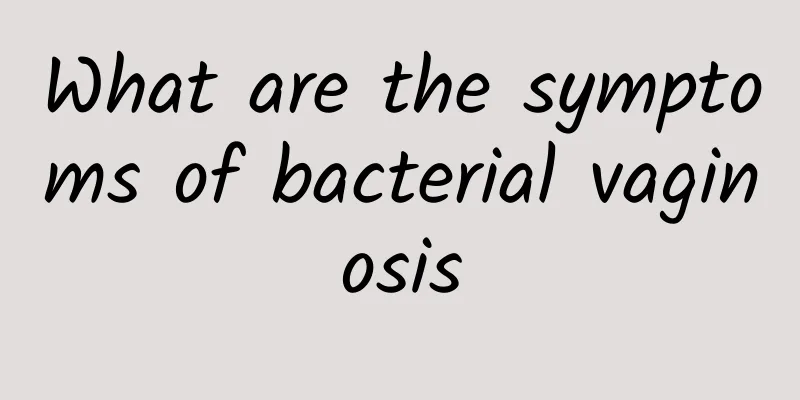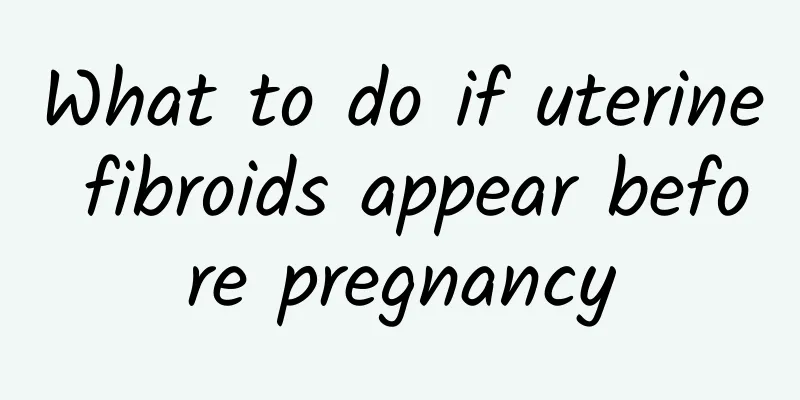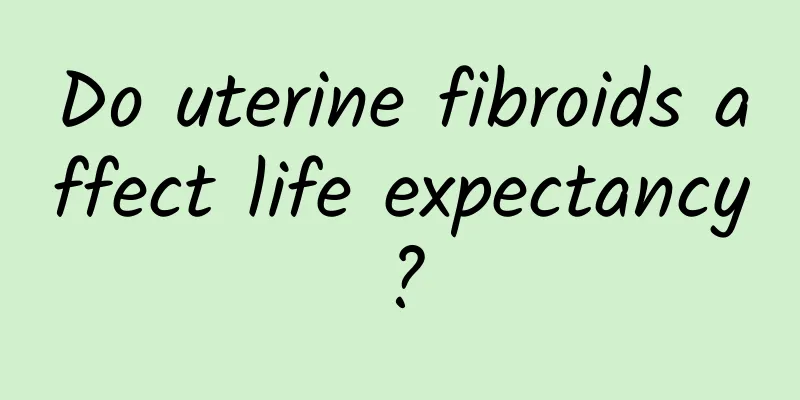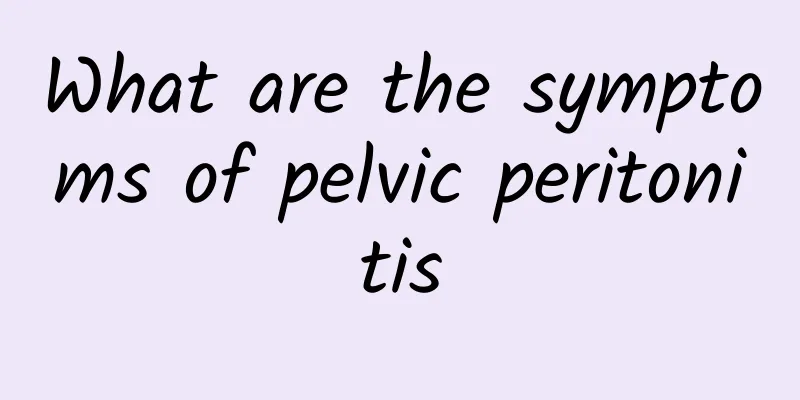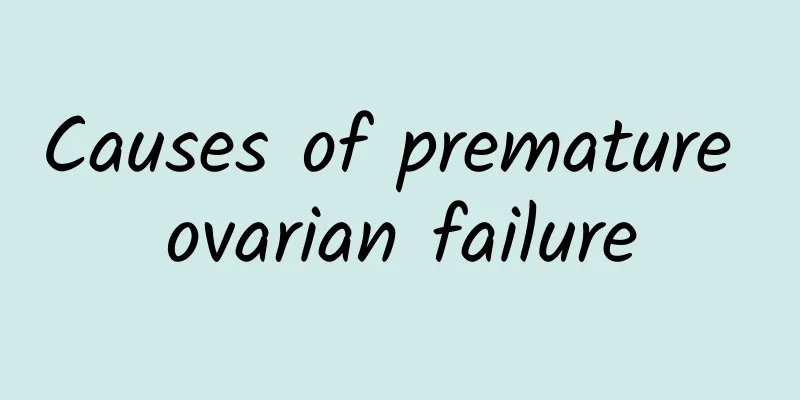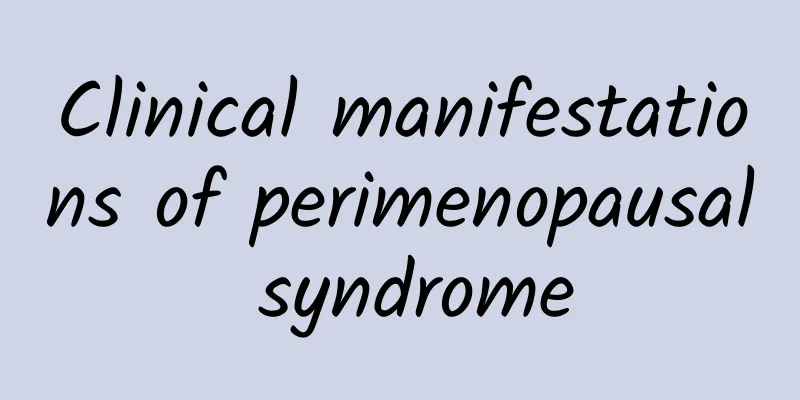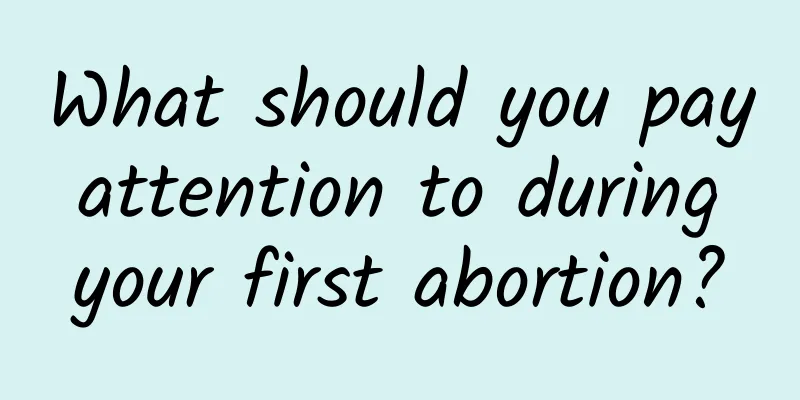What is the minimally invasive surgery process for uterine fibroids? How to care after minimally invasive surgery for uterine fibroids?
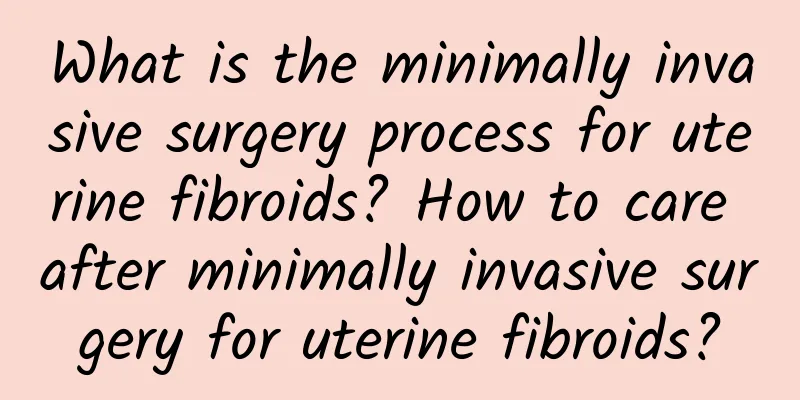
|
Due to years of clinical treatment, there are many effective treatments for uterine fibroids, and minimally invasive surgery is one of them. So, what is the minimally invasive surgery process for uterine fibroids, and how to care after surgery? There are many surgical methods for treating uterine fibroids. The following is one of the specific processes of minimally invasive treatment: The main surgery for minimally invasive treatment is uterine artery embolization (UAE). UAE cuts a one-meter-sized hole at the base of one side of the thigh, inserts a special catheter into the blood supply artery of the uterine fibroid, and uses embolic agents to block the blood supply of the fibroid, achieving the purpose of "starving" the fibroid to death. The operation time is short, the fastest is 30 minutes, and the general time is about 1 hour. It is completed under anesthesia and there is no pain during the operation. The postoperative reaction is mild, mainly manifested as mild and short-term pain in the lower abdomen and low fever. It is a normal reaction after surgery and can be cured after symptomatic treatment. The following methods should be followed for care after minimally invasive surgery for uterine fibroids: 1. Timely follow-up After being diagnosed with uterine fibroids, women should have regular follow-up examinations and take timely treatment measures according to the progression of the disease. 2. Balanced diet and reasonable nutrition. Patients should adjust their dietary structure, adhere to a low-fat diet, eat more grains, eat more fresh vegetables and fruits, avoid eating high-fat and spicy foods, and reduce the occurrence of uterine fibroids. 3. Actively take contraceptive measures and pay attention to menstrual health care. Artificial abortion may damage the cervix or uterus and increase the risk of uterine fibroids in women. Therefore, women should take contraceptive measures in their daily lives to reduce the number of abortions, thereby reducing the incidence of uterine fibroids. Uterine fibroids are not terrible, but patients should be treated as soon as possible. They can take symptomatic medication under the guidance of a doctor according to their actual situation. |
Recommend
After painless abortion, the leucorrhea was watery, heavy and yellow for half a month. What disease is this?
After painless abortion, the leucorrhea was water...
Can I have an abortion if I have uterine fibroids?
In life, many female friends do not take preventi...
What are the symptoms of pelvic peritonitis
The harm of pelvic peritonitis is very serious. G...
Does abortion require uterine curettage?
If the abortion is complete and the embryonic tis...
What are the dangers of congenital absence of vagina?
What is female vaginal amenorrhea? What are the h...
Why does my body feel cold and my menstrual blood becomes less and less during menstruation?
Why does my body feel cold and my menstrual blood...
How much attention should be paid to the treatment of cervical hypertrophy
Patients with cervical hypertrophy need to know t...
How long does it take for Fenbid to work for dysmenorrhea? Try to use it as little as possible
Most people experience pain during menstruation, ...
How to differentiate metrorrhagia (dysfunctional uterine bleeding) from other diseases?
Xiaoqin's menstruation has been a little irre...
The glutton lost 43kg by reducing sugar in his diet! Master the 7 golden principles to lose weight, reduce fat and reduce waist circumference
If you are a glutton who loves to eat big meals, ...
A brief discussion on the hazards of cervicitis
The chance of cervicitis becoming malignant is no...
How to prevent dysmenorrhea in women's daily life
Dysmenorrhea is a problem that many women will ex...
What is the cause of heavy menstrual bleeding in adenomyosis?
Adenomyosis is a diffuse or localized lesion form...
Can endometrial tuberculosis be treated?
It is known to all that illnesses must be treated...
What is the best surgical method for cervical precancerous lesions?
With the gradual improvement of medical standards...

